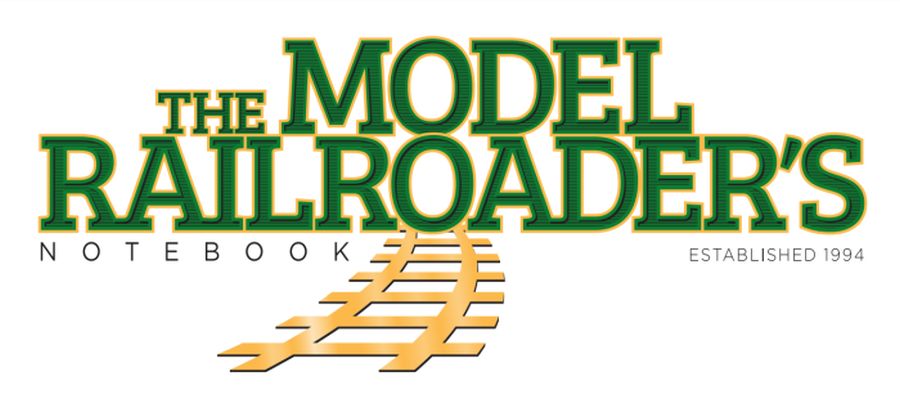We stained some ties the other day, so let's put down the track. We'll use the new tie jig we made as well.
I put in the ties, applied a layer of masking tape, and pulled out a strip of ties. Using Carpenter's Glue (stronger than straight white glue) I put down a thin coating using my finger to smear it around. Then I applied the ties and left the masking tape there while the glue dries.
While the track dies, let's get a foundation under the building. I'm going to use Dr. Ben's Baby Building Blocs to make the stone foundation. Rock is easy to come by here in Utah and the sandstone cuts well, so a foundation of this type material is well suited.
The blocs are a sandy-brown color. Using white glue I put down a thin line of adhesive along the foundation line, and start stacking the blocs one at a time. This is time consuming, but I enjoy it. In the background I've got the blues playing, featuring Muddy Waters. Blues is GREAT music to build by!
Next, I put down the runners for the walkway. Since this is low to the ground and won't be seen, I just glue them down with white glue.
After waiting a few minutes (white glue when applied thin dries fairly quickly) I take the blocs and put another layer around the foundation, staggering the blocs half way over the lower level in Lego fashion. Click on the photo to enlarge.
The ties are dry, so I pulled of the masking tape. I put down Micro Engineering Code 83 weathered rail sections using some Micro Engineering small spikes and an NMRA track gauge.
Let's deck the walkway! Using the pre-stained wood and a 30-60-90 angle to keep us straight, I start putting down about 1/2" of boards at a time using white glue. I don't want it to look to perfect, but don't want it too unperfect either. Every once in a while stand back and look at your work and see if it is pleasing to the eye.
There! The decking is done. Notice the nice coloring of the different boards. While it is a bit much now, when I weather it with a light wash later the colors will shift and be more in line instead of like stripes.
While there may not be a reason to do this, I painted the interior of the foundation a dark brown just in case you can see through anywhere. I just used cheap craft paints.
I still haven't chosen all my colors for the layout yet. That takes some time. So for now I'll use a sandy tan color as a base. Always use lighter colors for base coats, not darker. The dark can show through and is harder to get out once its down.
Done! While I probably should have painted it before I put the track down, it really won't matter as it will be 100% scenicked and textured when I'm done. This coat really just seals the wood, and gives a better surface for the glue to adhere to.
Wizdom:
1. Paint and stain your wood with the knowledge that you will add an all-over weathering coat later.
2. Dioramas are a great way to test scenery colors and textures prior to using them on the layout.
3. Craft paints like Delta Ceramcoat, FolkArt, and Apple Barrel are inexpensive and give you lots of coverage. Keep a supply handy and buy them on sale, especially after the holidays.





















































